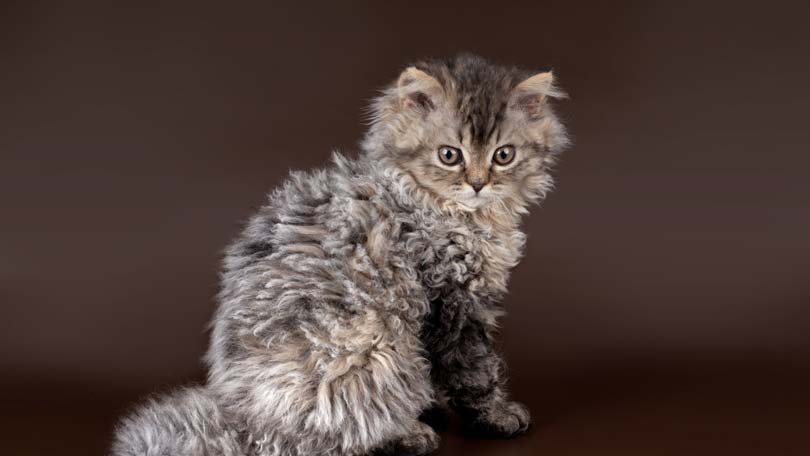
A new cat owner is faced with a series of choices concerning products for his new pet. Which vet should he use? What type of cat food is best? What type of flea prevention is most effective? Another choice that provides an overwhelming number of options is types of cat litter.
This is an important choice as it is one of the items that you will have to buy on a regular basis. You will need to consider several factors when making a decision including price, effectiveness, how long the litter lasts, whether it tends to track or stay in the box and if your cat seems drawn to it.
Keeping those points in mind, below is a brief description of some types of cat litter, along with some pros and cons of each.
Clumping
This is one of the most common types of litter, and there are many companies that manufacture clumping litter.
Pros
- Clumping litter is readily available and can be purchased at any pet supply store as well as at most grocery stores.
- While not the least expensive option, there are brands of clumping cat litter that are very affordable.
- Unlike some other types of litter, you do not need to change the entire pan of litter every time you clean the box. Instead, you simply scoop out the waste and add a bit more litter to the box. You should, however, completely swap out the litter according to the frequency specified on the package.
- Most cats are willing to use this type of litter.
Cons
- Clumping litter is more expensive than clay cat litter.
- Some pet owners find that it tracks through the house.
- Some pet owners do not like the idea of not changing out the entire pan of litter each time they clean the box.
Clay/Non-Clumping
Pros
- This is the least expensive type of cat litter.
- It is available at most grocery stores and all pet supply stores will carry this type of litter as well.
- Some find clean up to be fairly easy as you simply dump the entire contents of the litter box into the trash, clean the box and replace with fresh litter.
- Most cats are willing to use this type of litter.
Cons
- Due to its fine texture, this type of litter tends to track throughout the house.
- Because you need to replace the entire contents of the litter box each time you clean it, most pet owners find that they need to keep a fairly large supply of clay cat litter on hand. This can be problematic for someone who may not be able to carry a 40 or 50 pound bag of litter.
- Some find that this type of litter is not as odor absorbent as other types of cat litter.
Reusable
Reusable litter is made up of small balls or pellets. They are placed in a special box where the litter is rinsed after each use.
Pros
- It provides a very sanitary type of litter box.
- Because it is self-cleaning, there is no scooping or changing litter necessary.
Cons
- The litter box for use with this litter is quite expensive. Most models cost between $250 and $300.
- Some cats do not like the texture of reusable litter, so they will refuse to use the box.
- Box needs to be placed in a location where it can be hooked up to a water line.
Pearls
Pearls are small round pellets that absorb moisture and odor.
Pros
- Pearls are very effective at odor control.
- If used and maintained properly, this type of litter is quite long lasting.
- There is no tracking of litter throughout the house.
Cons
- This is among the more expensive types of cat litter.
- Some cats will not be willing to use this kind of litter because the texture does not feel at all like the sand or dirt that they would use in nature.
Environmentally Friendly Litter
There are several forms of litter that are environmentally friendly. These include litter made from recycled paper, wheat, corn and wood.
Pros
- The texture of some of these litter options is similar to that of clay and clumping litter. That means that even picky cats will use them.
- For those who care deeply about the environment, the benefit is obvious.
- Most are very effective at absorbing odors and wetness.
Cons
- This type of litter tends to be a bit more expensive than some other options.
- Depending on the type that you choose, it may be hard to find. Not all pet supply stores will carry this kind of litter, so you may have to order your supply online.
It is best to stick to one type, rather than switching back and forth between different types of litter. The main reason is that your cat will get used to using a particular kind of litter. If you suddenly switch litters, it may cause him to stop using his box, at least for a while.
If you do want to switch the kind of litter that you use, it is best to do so gradually. Simply add a small amount of the new litter in with the old. After a day, add a little more of the new litter, while decreasing the amount of the old litter. Continue with this gradual transition until you are using only the new litter.
Be prepared for the possibility that the cat will reject the new litter outright, even if you introduce it gradually. This is particularly true if the litter is of a texture that is different from what the cat is used to using.
You can try to introduce the new litter, but if the cat does not want to use it, you may have to switch back.
If you have more than one cat, you should use the same type of litter for both cats, even if they have separate boxes. You do not want to do anything that may confuse the cats when it comes to their litter box.
Doing so many mean the cats will use the bathroom outside of the box, and that isn’t fun for anyone!
With so many types of cat litter available, it may seem like choosing one could be difficult. There is no one “right” cat litter. Just use the one that works best for you and for your cat.





